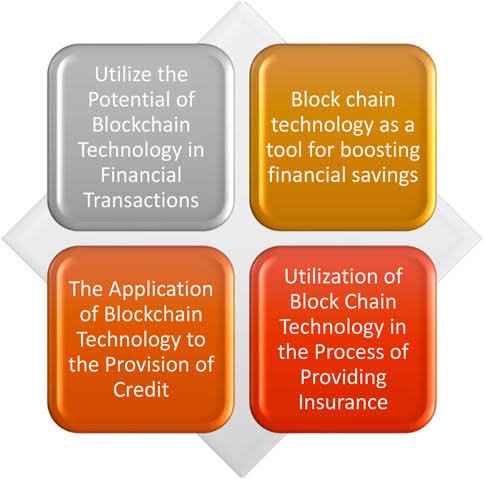The Digital Divide: Can Blockchain Include the Un-included?
What it really takes to bring marginalized communities into the decentralized future.
In the world of Web3, decentralization, and digital wallets, it’s easy to assume the future is already here, fast, borderless, and inclusive. But take a closer look at the communities often praised as the greatest beneficiaries of blockchain, and a question arises:
Are the people we’re building for even at the table?
This isn’t just a technological question, it’s a deeply human one.
What Is the Digital Divide, Really?
The digital divide is more than just a matter of who has internet access. It’s about:
Who understands technology
Who can afford to use it
Who trusts it
And who can benefit from it, sustainably
In many African, Latin American, and Asian communities, the digital divide means that blockchain tools, from DeFi apps to smart contracts, are either misunderstood, underused, or completely out of reach.
Why Blockchain Could Be a Bridge
To be fair, blockchain has the potential to level the playing field. Here’s how:
Financial Inclusion: With a mobile phone and a crypto wallet, people can bypass banks, save in stablecoins, and access global markets.
Transparent Aid & Donations: NGOs can trace and report aid disbursement, reducing corruption and building donor trust.
Land & Identity Rights: Blockchain can document ownership for people who’ve historically been left out of formal systems.
So the potential is there. But potential alone doesn’t change lives.
The Barriers That Still Stand
Let’s face the facts:
Tech Illiteracy
Most blockchain tools assume some knowledge of finance or coding, or at least how to use an app confidently. That’s not always the case in rural areas or among low-income earners.High Cost of Entry
Gas fees. Internet data. Device costs. Even “free” access has hidden prices.Language & Cultural Gaps
Much of the blockchain world is built in English, with Western assumptions about trust, privacy, and ownership.Low Trust Environments
In regions with scams and financial fraud, a technology built on “trustless systems” may still need a lot of human trust to gain adoption.
So, What Needs to Change?
Here’s where blockchain builders, educators, and investors must focus:
Human-first Design: Build tools that work offline, with low data needs, and in multiple languages. Respect local culture and behavior.
Education Before Innovation: Partner with grassroots organizations to demystify blockchain, not with hype, but with relatable, practical use cases.
Subsidized Access: Explore ways to offer gasless transactions, or sponsor user onboarding through NGOs or local businesses.
Hybrid Models: Sometimes, a mix of Web2 and Web3 can work better, using familiar interfaces while slowly introducing decentralized infrastructure underneath.
Inclusion Isn’t a Feature, It’s a Mindset
If blockchain is to serve the underserved, we have to stop asking how they can adopt blockchain, and start asking how blockchain can adopt to them.
This means building slowly, intentionally, and with real humans in mind, not just protocols, tokens, and roadmaps.
Final Thought
Blockchain can help reshape access to wealth, rights, and opportunity. But only if we’re willing to cross the digital divide, not just shout across it.
Inclusion isn’t automatic. It’s built, with empathy, access, and shared ownership.
Posted Using INLEO

Congratulations @the-african-man! You have completed the following achievement on the Hive blockchain And have been rewarded with New badge(s)
Your next target is to reach 60 posts.
You can view your badges on your board and compare yourself to others in the Ranking
If you no longer want to receive notifications, reply to this comment with the word
STOPCheck out our last posts: